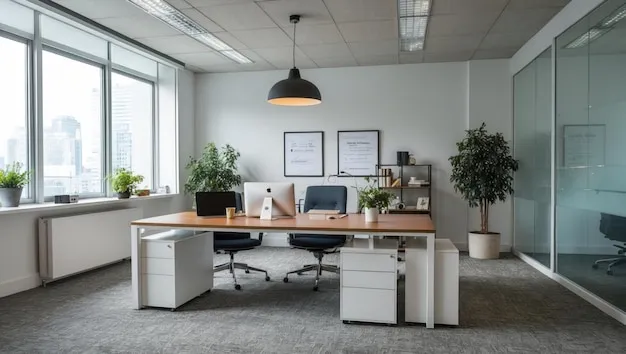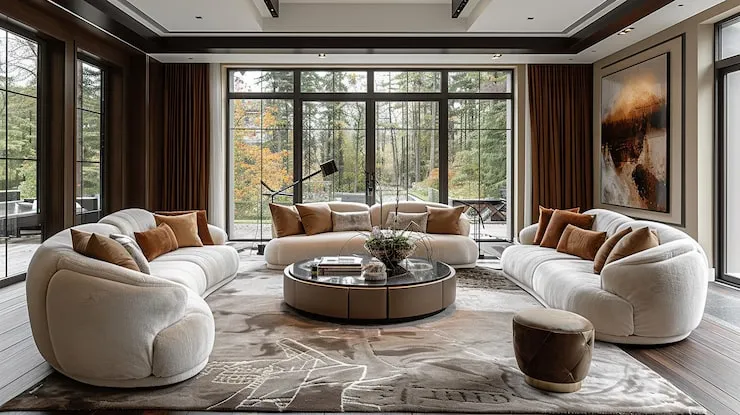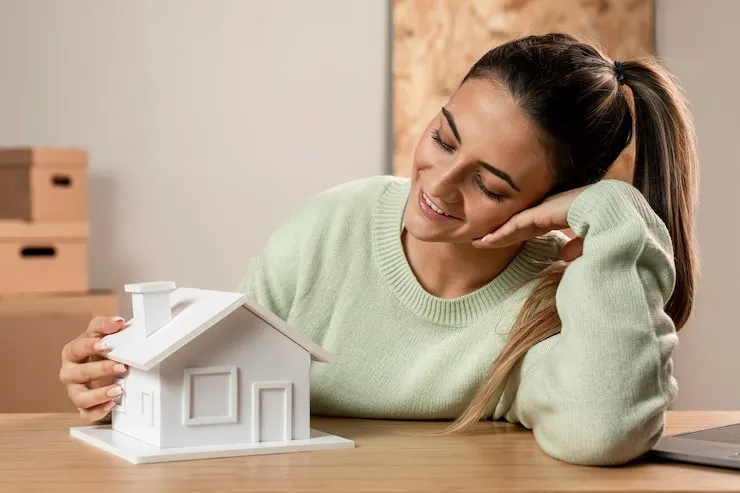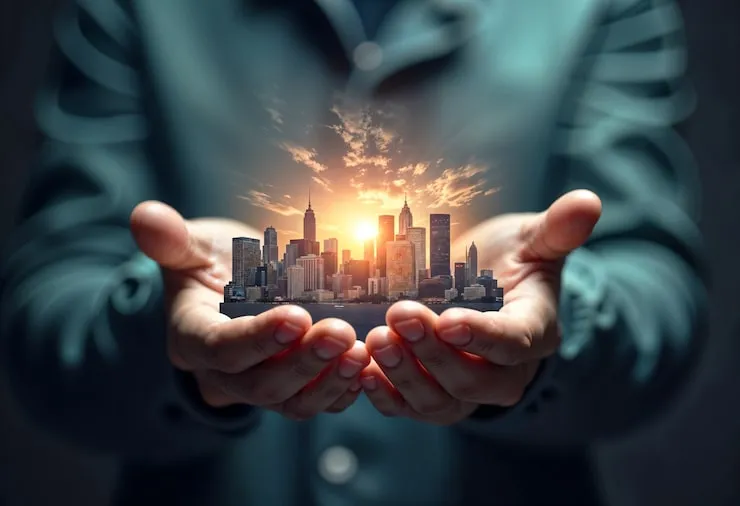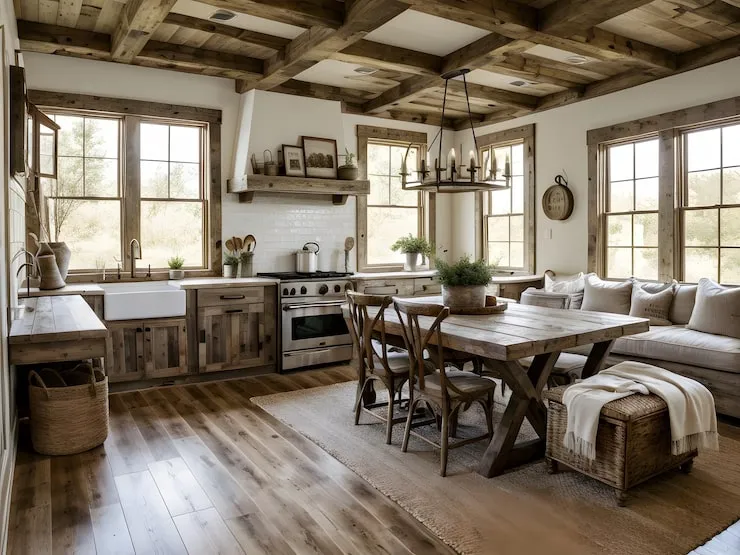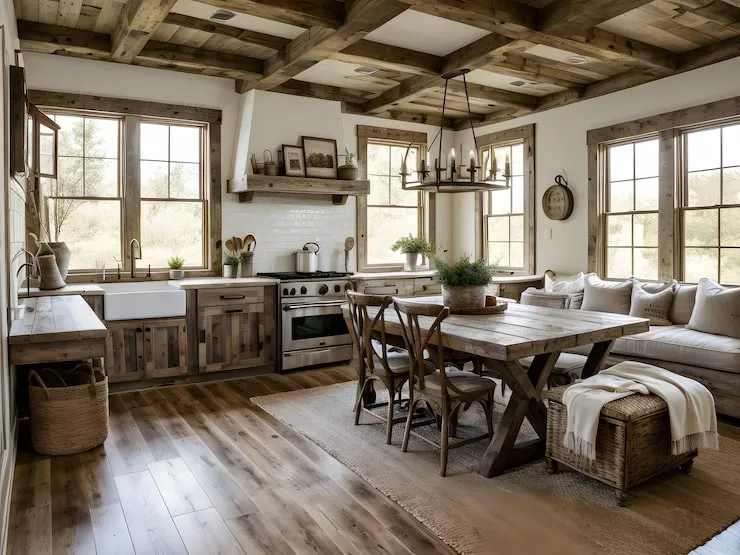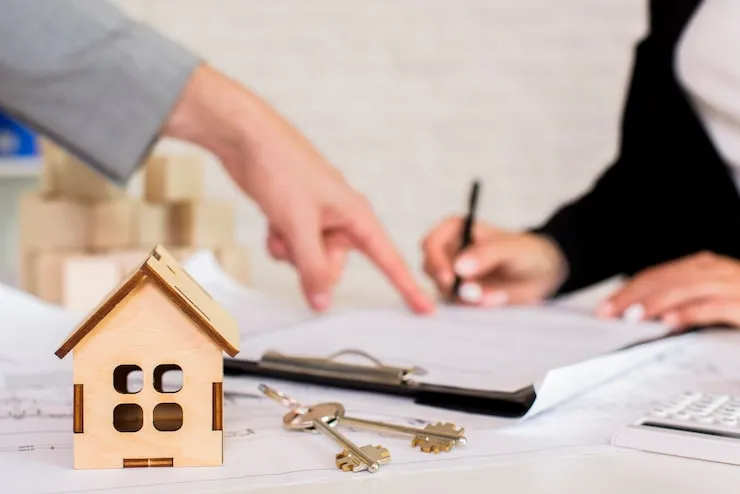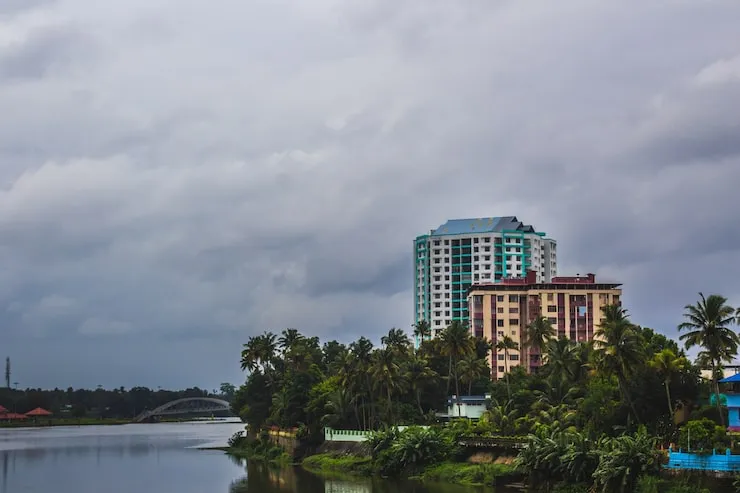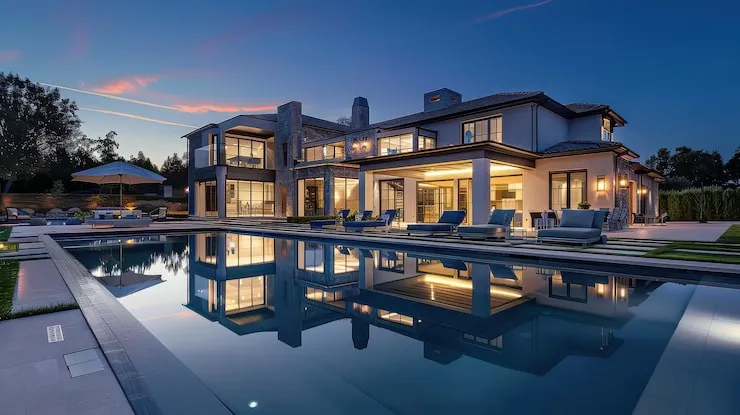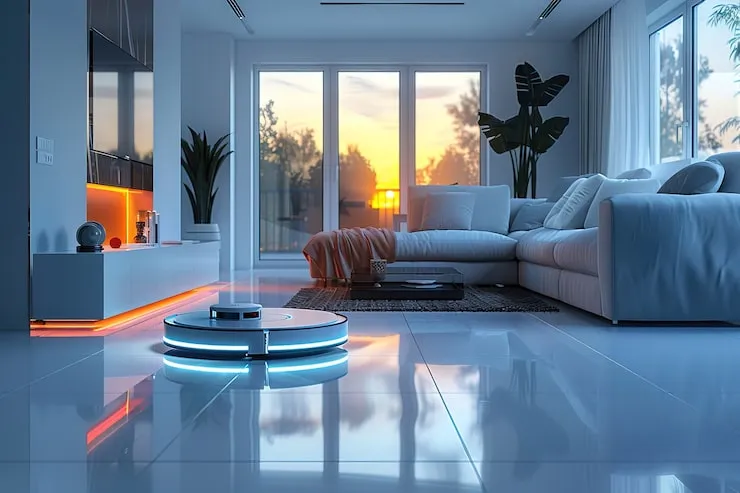Let’s get straight to it , office design for productivity is a real thing.How well you concentrate, how effectively you work, even your attitude while doing it all depends directly on the appearance and feel of your workplace. Not everything can be achieved by purchasing lavish chairs or putting a plant on your desk. It's about using the area you have intelligently.
This article cuts through the fluff and breaks down how you can design (or redesign) your office to actually help people get things done , whether you’re working solo or managing a team.
Why Office Design for Productivity Isn’t Just About Looks?
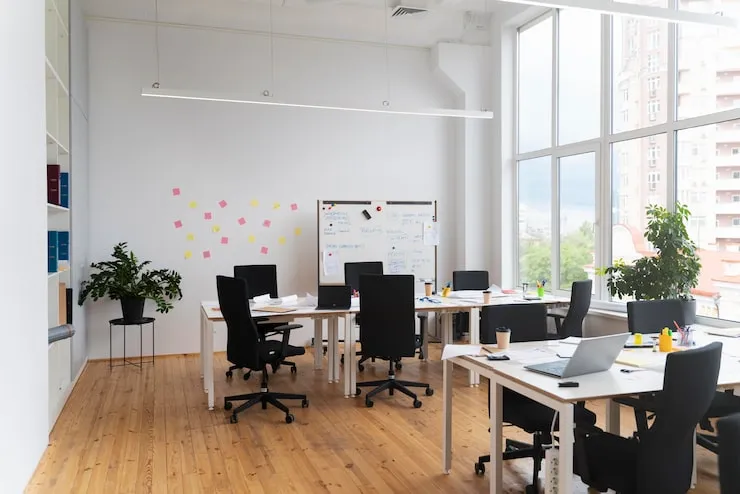
You know how some spaces just make you want to get things done, while others feel like they suck the energy out of you? That’s the power of office design for productivity. It’s not about expensive furniture or trendy paint colors. It’s about shaping a space where your brain can settle in and actually work.
When your workspace is well thought out, people tend to be more focused, less stressed, and even happier at their jobs. And happier people tend to do better work , it’s a win-win.
Read Also: Luxury Apartments In Bangalore For Rent: Stylish City Living 2025
Small Office Design Ideas That Actually Work
Got a small office? No worries. You can still make it a solid place to work with the right tweaks. These small office design ideas are all about using what you’ve got , wisely.
- Think up, not out: Use wall space. Shelves, magnetic boards, and hanging storage help to free floor space.
- Go tiny rather than congested: less debris means you will feel better. Choose pieces with several uses. A filing cabinet under your desk is great. A bench with storage inside? Even better.
- Let the light in: Natural light is gold. If you’ve got windows, use them. If not, get some good white lighting , no flickery overheads.
- Zone your space: Even in tight spots, divide up work and rest zones. It helps your brain switch gears.
- Stick to light tones: Pale colors make small areas feel bigger. Add pops of color with art, plants, or decor , not the walls.
These ideas also tie right into modern office design ideas for small spaces, which focus on doing more with less without sacrificing style or comfort.
Modern Office Design for Productivity: What’s Actually Useful?
A lot of “modern” office setups look cool in photos but aren’t always great for getting work done. The best modern office design for productivity isn’t about being trendy , it’s about creating a space that makes your brain say, “Yep, I’m ready to do this.”
Here’s what works:
- Moveable furniture: offers people choices with chairs on wheels, foldable objects, and adjustable desks.
- Quiet areas: Not everybody likes to work around constant chatter. Provide room for individual work.
- Bringing the outside in: A few plants, a wooden desk, even photographs of nature can help your nervous system to calm down.
- Color matters: Cool blues for focus. Green for calm. A splash of yellow for energy. Avoid all-gray everything.
- Tech that works: Easy access to plugs, fast Wi-Fi, and not having to hunt for a whiteboard marker helps people stay in the flow.
Modern office design for productivity should be flexible, human-centered, and built for actual working , not just show.
Types of Office Layout: Pick What Fits, Not What’s Popular
Choosing the right setup? Look beyond the trends. The ideal types of office layout vary depending on the nature of your job and how your team collaborates.
The basic alignment is:
- Open-plan: Everyone’s out in the open. Good for fast chats and team stuff. Bad for focus work unless you’ve got solid noise control.
- Private offices: Great for quiet work or confidential calls. Not great for collaboration unless paired with shared areas.
- Cubicles: Kind of a mix. Offers some privacy but still open-ish. Better than being totally exposed.
- Hybrid: A bit of everything , open desks, private pods, and shared meeting spaces. Probably the most balanced for mixed teams.
The takeaway? Don’t pick a layout because someone on LinkedIn said it’s “innovative.” Pick what matches your team’s actual needs.
Office Design for Productivity Looks Different for Every Team
Not every team works the same way , and your space should reflect that. The cool thing about office design for productivity is that you can shape it around what your people actually need.
- Designers and creatives? Give them open space to sketch, brainstorm, and move around.
- Writers, analysts, developers? They’ll need quiet zones with solid chairs and good lighting.
- Sales or customer support? Somewhere in between. They need open lines for quick chats and access to shared tools.
One size doesn’t fit all. The best office design listens to what your people are actually telling you they need , with their words and their behavior.
Other Things That Make a Bigger Difference Than You Think
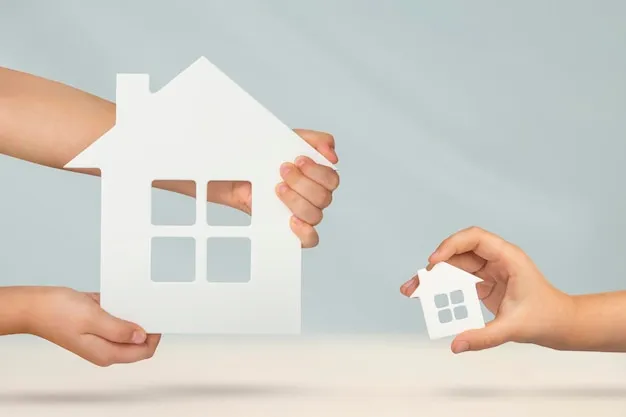
You might think lighting and noise are minor details. They’re not. Here’s how to stop those two from quietly killing productivity.
Light
- Natural is best.
- If that’s not an option, go with soft, adjustable lights , not those headache-inducing fluorescents.
- Bonus: Task lights at desks make a big difference.
Noise
- Carpet, curtains, plants , all good for absorbing sound.
- Headphones help, but giving people the option to move somewhere quieter? Even better.
- Don’t stick the printer right next to someone’s desk.
Comfort
- A bad chair will mess up your back and your focus.
- Adjustable desks, clean air, and good airflow matter more than people realize.
- Let people personalize their spots , even just a little.
You May Also Like: Fully Furnished Apartments For Rent In Mumbai
Quick To-Do List: Design Your Office for Getting Stuff Done
Here’s your cheat sheet for better office design for productivity:
- Start by asking what kind of work is being done
- Choose a layout that supports it (from the types of office layout above)
- Use light colors and natural light when possible
- Add flexible furniture and comfy seating
- Break up big spaces into smaller work zones
- Control noise and clutter
- Use tech that helps, not frustrates
- Add a little greenery , trust me, it helps
- Make the space feel human, not sterile
You don’t need a huge budget or a famous designer. You just need to think about how your space affects the way people feel and function.
Office Design for Productivity Doesn’t Have to Be Complicated
Office design for productivity is fundamentally about creating a setting that enables people to concentrate, move, breathe, and think straight. Making your office practical, flexible, and comfortable to be in is all that is required; there is no need to convert it into a Pinterest board. If you’re starting small, start with what you can control. Rearrange some furniture. Add a lamp. Clear off your desk. It adds up. Small changes lead to better habits, better moods, and better work. That’s what a good office design should do.



